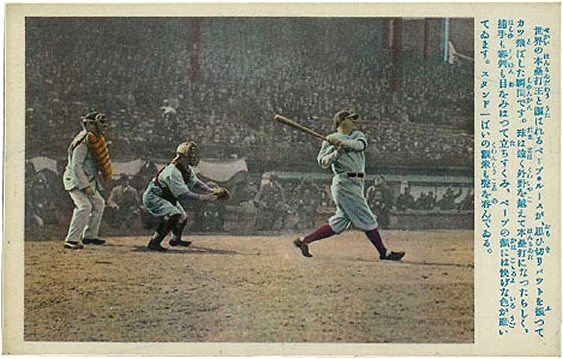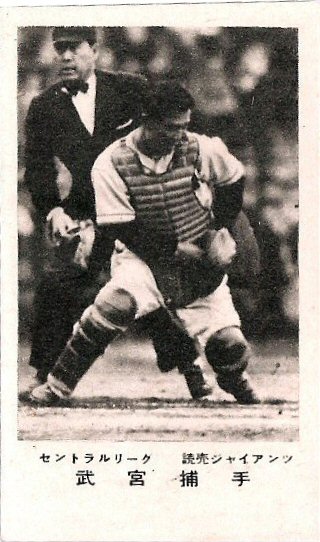Enter the Japanese Baseball Card Checklist & Price Guide, available through Prestige Collectibles. While the current edition is four years out of date, it catalogs most of the historic sets provides scarcity information. It's set up similar to SCD and Beckett big books, with card images and descriptions. The prices seem a bit high, but the guide states they're the highest retail prices one would find between the US and Japan - I expect to spend 50% or less of the guide price on most of the cards. The spreadsheet I created tracks more than just the set name, as I've added in common prices, card size, guide page number, set type, description, and set code (the guide uses set classification in a manner similar to the ACC designations, though the designations are unique to match the Japanese set types).
There are nearly 1800 sets, including most of the parallels, cataloged in the book. Sets are from the 1930s through early 2008, and nearly 1000 issues are by BBM; over 150 card sets in the book were issued by Calbee. That leaves 600-700 oddballs and vintage sets. Japanese sets are a breed of their own, with several types of issues (as there are for US sets). Over the next few days, I'll provide a bit of a history lesson when it comes to Japanese cards.
Some of the first Japanese issues were bromides. They were the choice method of production for 1946 and 1947, but menko cards became equally popular soon after. Bromides get their name due to the photographic process used to put images on cards, and they're generally black & white or sepia. As with other early issues, size, card stock, information provided on the card, and quality vary greatly. Most are blank backed. I'm not sure if there are any cards that would be considered "bromides" among US issues, though the manufacturing process might have been used on some pre-Topps issues. The packaging method for bromides is unique to Japan. Most cards were glued to paper or hung packets, displayed in bundles called "taba," similar to hang-type packaging seen today.
The guide lists 72 bromide issues, though many more must exist. Common prices range from $1 for some of the late-50s and early-60s issues to $350 for a few sets - the average "high" price is $42 (total "value" about $3000), though as I mentioned above, I expect to pay much less for the more-common issues, and I probably won't chase the $100+ singles unless I find them for a great price.
As for the issues that aren't cataloged in the guide, most of them feature college players or generic subjects. Japanese professional baseball leagues as they are now didn't really form until 1950, with the first league starting in 1936. There are probably a number of team issue bromides that aren't cataloged.





I would like to pre-register for Japanese Trading Cards 101. I just hope there aren't too many tests.
ReplyDeleteWhile not comprehensive, the Inventory Manager system at SportsCardForum.com has almost all of the modern Japanese sets included, along with lots of sets from Korea, Taiwan, Mexico and Venezuela that no other online database currently has. When populating the database, we stuck mostly to the sets from 1980-current, mainly because the database has some set numbering shortcomings that are not conducive to adding large amounts of unnumbered sets.
ReplyDeleteBut give it a whirl. Site registration is free, and it includes lots of sets that have been issued since the last edition of Gary Engel's book was printed.
I saw your post about SCF after I wrote this post, Jason - it's a great resource that I know will be helpful in my collecting endeavors!
ReplyDelete